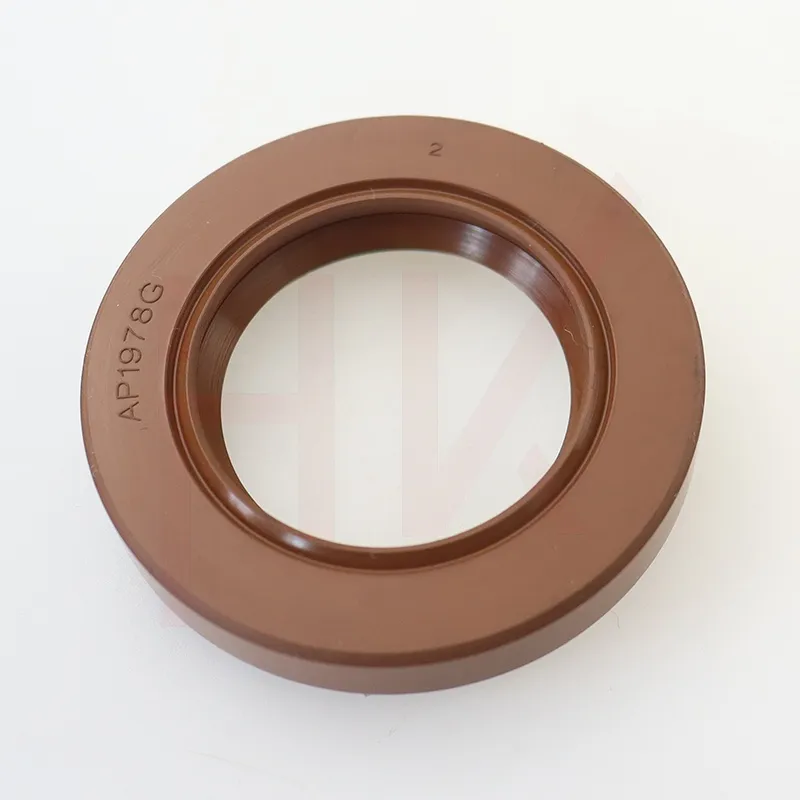ኅዳር . 16, 2024 11:38 Back to list
seal kit hydraulic
Understanding Seal Kit Hydraulic Systems Benefits, Components, and Maintenance
In the realm of hydraulic systems, seal kits play a crucial role in ensuring efficiency, longevity, and optimal performance. A seal kit hydraulic system includes various components designed to prevent leaks, maintain pressure, and protect fluid systems from contamination. This article delves into the importance of seal kits, their components, benefits, and maintenance practices to keep hydraulic systems running smoothly.
What Are Seal Kits?
Seal kits are collections of sealing components that prevent the escape of hydraulic fluid and the ingress of contaminants. They are typically made of materials such as rubber, polyurethane, or thermoplastics, which offer durability and resistance to wear and tear. Seal kits are used in various hydraulic applications, including heavy machinery, automotive systems, and industrial equipment.
Key Components of Seal Kits
A typical seal kit consists of several essential components
1. O-Rings These are circular seals that provide a tight fit between two surfaces to prevent leakage. O-rings are often used in static and dynamic applications, forming seals for hydraulic cylinders, pumps, and valves.
2. Back-up Rings These are used in conjunction with O-rings to prevent extrusion, especially in high-pressure applications. Back-up rings support O-rings in maintaining their shape under pressure.
3. Rod Seals These seals are designed to fit around the rod of a hydraulic cylinder. They are crucial for preventing fluid from leaking out during operation and are engineered to withstand dynamic movement.
4. Piston Seals Piston seals are employed to seal the piston within a hydraulic cylinder. They help maintain pressure and prevent fluid leakage as the piston moves.
5. Scraper Seals These seals are used to keep contaminants out of the hydraulic system. They are typically positioned at the entrance of a hydraulic cylinder to scrape away dirt and debris.
6. Gaskets Gaskets create a seal between two surfaces, preventing fluid leaks. They are commonly used in flanged connections and are critical in maintaining system integrity.
Benefits of Using Seal Kits
1. Preventing Leakage One of the primary benefits of seal kits is their ability to prevent leakage, which helps maintain system pressure. This is essential for the performance and reliability of hydraulic equipment.
seal kit hydraulic

2. Extending Equipment Lifespan Using high-quality seal kits can significantly extend the life of hydraulic systems. By preventing contamination and ensuring proper lubrication, seals help reduce wear on components.
3. Cost-Effectiveness Regularly replacing worn seals with seal kits is a cost-effective maintenance solution. It helps avoid costly spills, downtime, and equipment replacement by addressing minor issues before they escalate.
4. Improved Performance Proper sealing enhances the overall performance of hydraulic systems. When seals function correctly, systems operate at peak efficiency, delivering better power and control.
5. Environmental Protection By preventing leaks, seal kits contribute to environmental safety. They minimize the risk of hydraulic fluid spills, reducing potential harm to the environment.
Maintenance of Seal Kits
To ensure the effectiveness of seal kits, regular maintenance is essential. Here are some best practices
1. Regular Inspection Periodically inspect seals for wear, deformation, or signs of damage. Early detection can prevent significant issues.
2. Clean Work Area Keep the work area clean to avoid contaminating the hydraulic system. Contaminants can degrade seal materials and lead to premature failure.
3. Proper Installation Follow manufacturer guidelines for seal kit installation. Incorrect installation can compromise seal integrity and lead to leaks.
4. Use Quality Components Always opt for high-quality seal kits from reputable manufacturers. Quality materials enhance durability and resistance to harsh conditions.
5. Monitor System Pressure Regularly check hydraulic system pressure. Sudden drops can indicate seal failure and should be addressed immediately.
6. Fluid Quality Ensure that the hydraulic fluid used in the system is clean and compatible with seals. Contaminated or improper fluids can deteriorate seals quickly.
Conclusion
Seal kits in hydraulic systems are vital for ensuring operational efficiency and longevity. By understanding their components, benefits, and maintenance practices, operators can effectively manage their hydraulic systems, preventing leaks and costly downtimes. Investing in quality seal kits and maintaining them properly will enhance the reliability and performance of hydraulic equipment, ultimately leading to better productivity and environmental stewardship.
-
The Trans-formative Journey of Wheel Hub Oil Seals
NewsJun.06,2025
-
Graphene-Enhanced Oil Seals: Revolutionizing High-Pressure Oil Sealing
NewsJun.06,2025
-
Future of Hydraulic Sealing: Advanced Intelligent TCN Oil Seals
NewsJun.06,2025
-
Don’t Let a Broken TCV Oil Seal Ruin Your Day
NewsJun.06,2025
-
Bio-Inspired Dust Seals for Better Sealing Performance
NewsJun.06,2025
-
Biodegradable and Sustainable Hydraulic Seal Materials
NewsJun.06,2025
-
Top Oil Seal Solutions for Your Industrial Needs
NewsMay.22,2025
Products categories
















